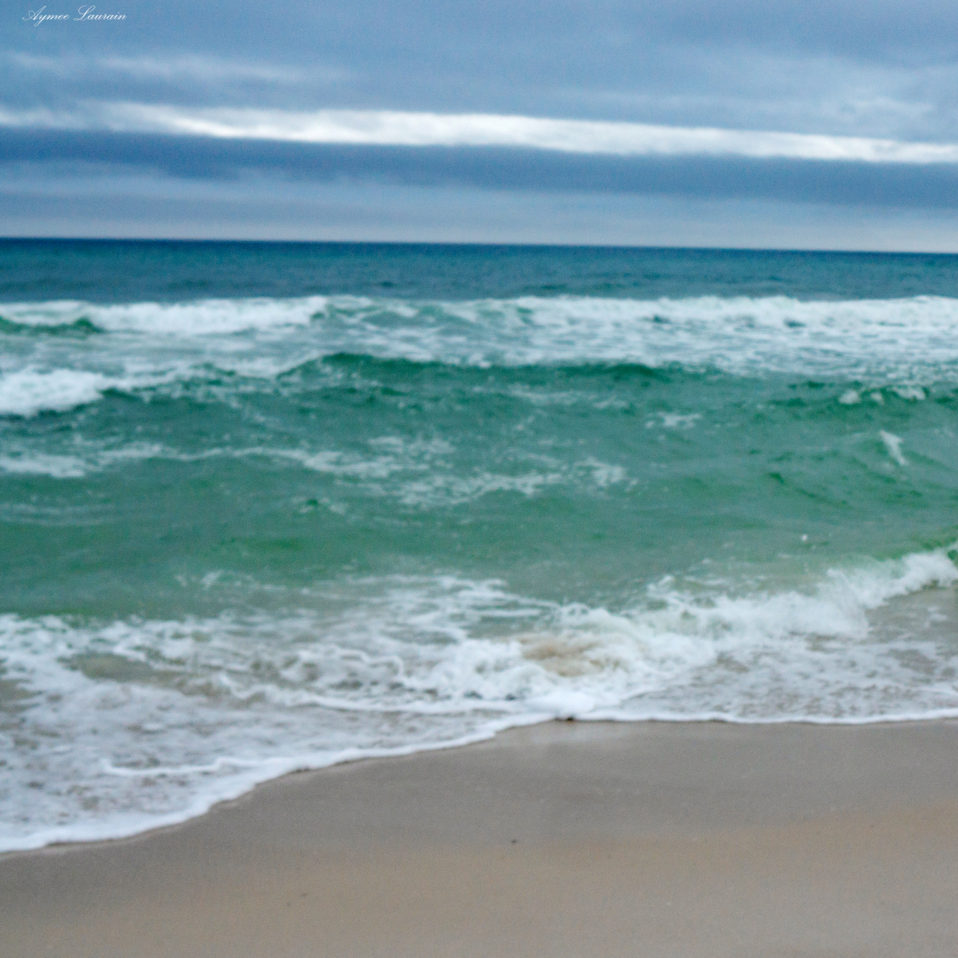Gulf Islands National Seashore
Explore Florida’s breathtaking Emerald Coast at Gulf Islands National Seashore. Discover enchanting white beaches, captivating blue water, and lush green marshes. Learn the history of the area when you visit historical remains at Fort Barrancas, Fort Pickens, and Naval Live Oaks.
There are miles and miles of trails on this Florida National Scenic Trail for your hiking pleasure. Trails can be found within the historical areas as well as in Perdido Key and the Santa Rosa area. Nearly 300 species of birds visit the Gulf Islands National Seashore making this park a birdwatcher’s paradise.
Bring your motorboat, kayak, or paddleboard. Enjoy swimming, snorkeling, and diving. Board one of two tour boats for a guided adventure. Stay for the dark night sky and take a moonlit hike under the stars. What animals will you share the night with? Will you spot fireflies?
Boat-In backcountry camping is available at Perdido Key Area. Hike-in backcountry camping is suspended at the time of this post. Reserve your space early at Fort Pickens Campground because it is in the top ten most used sites in 430+ national parks.
Pets on 6″ leashes are welcome on trails and campgrounds. However, they are not permitted on beaches, in forts, on historic remains, sea walls, visitor centers, piers, and pavilions.
Like this:
Like Loading...














Recent Comments